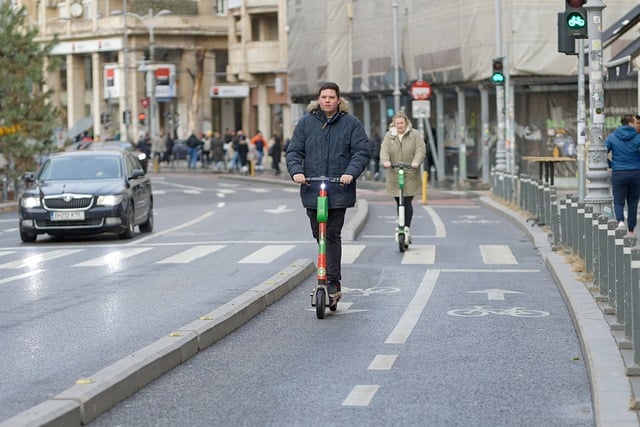Eco-Friendly Strategies for Urban Gardens: Enhancing Biodiversity and Sustainability
In a world where urbanization continues to rise, our connection with nature often fades into the background. Yet, urban ecological solutions can transform our concrete jungles into vibrant ecosystems that promote biodiversity and sustainable living. Urban gardens are not just patches of greenery; they are lifelines for our environment, spaces where we can foster a sense of community and reconnect with the earth.
The Importance of Biodiversity
Biodiversity is crucial for healthy ecosystems. By incorporating a variety of plants, insects, and wildlife into our urban gardens, we create an environment that supports the balance of nature. Pollinators like bees and butterflies are essential for plant reproduction, while diverse plant species can attract a range of fauna, enriching the urban habitat.
Choosing Native Plants
One effective eco-friendly strategy is to choose native plants for your urban garden. Native species are adapted to the local climate and soil conditions, requiring less water and no harmful pesticides. By selecting these plants, you not only support local wildlife but also create a low-maintenance garden that sustains itself.
Building Healthy Soil
Healthy soil is the foundation of any thriving garden. Practices such as composting and using organic fertilizers can significantly improve soil quality. Composting kitchen scraps and yard waste not only reduces landfill waste but also enriches your garden’s soil, ensuring that your plants get the nutrients they need to grow strong and healthy.
Water Conservation Techniques
In urban areas, water can be a precious resource. Implementing water conservation techniques, such as drip irrigation and rainwater harvesting, can help make your garden more sustainable. Collecting rainwater in barrels for future use reduces reliance on city water supplies and promotes responsible water management. Plants thrive on this natural resource, and your garden will flourish with less environmental impact.
Creating Wildlife Habitats
Urban gardens can serve as sanctuaries for wildlife. Adding elements such as birdhouses, bat boxes, and pollinator hotels can create welcoming spaces for various species. These structures provide shelter and nesting grounds, promoting a diverse ecosystem right in the heart of the city. Observing wildlife in your garden fosters a deeper appreciation for nature and its intricate web of life.
Engaging the Community
Creating an urban garden can also be a wonderful way to engage with your community. Organizing workshops, volunteer days, or local gardening clubs can foster a sense of togetherness. Sharing knowledge and resources not only helps to spread eco-friendly practices but also strengthens the bond between neighbors, all while beautifying your shared urban space.
Conclusion
Adopting eco-friendly strategies in your urban garden is a powerful way to enhance biodiversity and sustainability. It allows us to bring a piece of nature into our daily lives while contributing positively to the environment. As we cultivate our gardens with care, we nurture not just our plants, but our connection to nature and each other, creating a greener urban landscape for generations to come.

